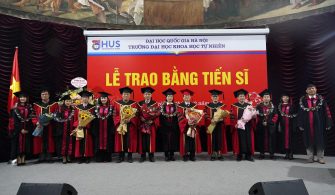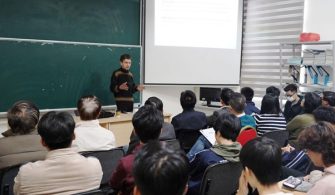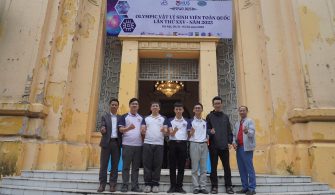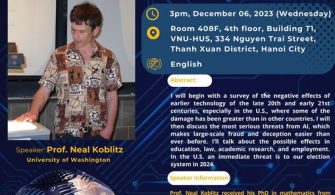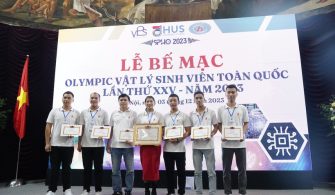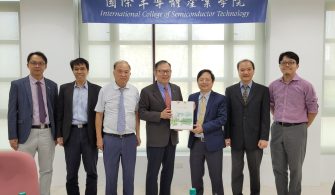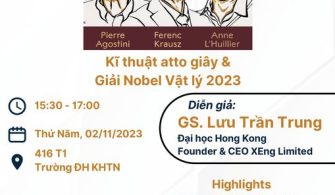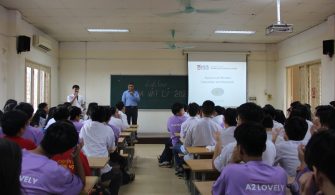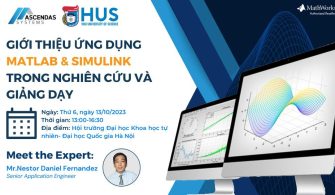Khoa Vật lý trân trọng kính mời quý vị đến dự seminar khoa học tháng 03/2017
Ngày: 03/03/2017 (Thứ 6)
Giờ: từ 2 giờ chiều đến 3 giờ chiều
Địa điểm: Phòng 408F, nhà T1, 334 Nguyễn Trãi
________________________________________________________
Speaker: Dr. Pham Tien Thanh (Vietnam Japan University)
Title: ALL-OPTICAL BISTABLE DEVICE
Abstract: Optical bistability is the phenomenon, which has two output states for one input state. Optical bistability is a nonlinear optical (NLO) phenomenon that is applicable to optical signal processing, and optical memories. There are two types of optical bistable devices: have to electrical bias and non-electrical devices. Electrical bias optical bistable devices require electrical circuits to support the bistability by applying a bias voltage. Therefore, this type of device called not purely optical. Purely optical bistable devices called all-optical bistable devices. A number of all-optical bistable devices have been reported. These are based on the Fabri-Perot cavity, in which a NLO medium layer is sandwiched between a pair of half mirrors. Such materials have fast response, but strong illumination (~ 1 kW /mm2) is necessary because the optical nonlinearity of the NLO materials is usually weak. In some recent studies, all-optical bistable devices of photonic crystals were reported. Even in this type of all-optical bistable device, however, the illumination is still high (a few W /mm2).
Liquid crystals (LCs) are materials with high anisotropy, and their refractive index can be controlled by a static electric field, an optical electric field, a magnetic field or by temperature. This feature produces a large optical nonlinearity. Some papers have appeared on the optical bistability in nematic or cholesteric LCs, operating at low illumination (~1 W/mm2). These studies used a Fabri-Perot cavity, the selective reflection in chiral LCs, or surface plasmons (SPs) in the attenuated total reflection configuration. In this study, we show all-optical bistable devices of twisted-nematic LCs (TNLC) realized by the SPs in a metal-insulator-metal (MIM) coupled to the incident light. This device is simple structure and low-power operation. The lowest threshold switching illumination was 0.3 mW /mm2, which is comparatively lower than the threshold switching previously reported for a similar all-optical TNLC device. With illumination of 18 mW /mm2, the on-off switching time was measured to be 94 ms. I also report low-power all-optical bistable with counterclockwise hysteresis and clockwise hysteresis by using MIM structure and TNLC. Furthermore, I report low-power all optical bistable device of MIM structure in which the insulator layer is composed LCs, henceforth denoted as metal-liquid crystal-Metal (MLCM). The MLCM optical bistable device allows us to use illumination at normal incidence, whereas above devices can be used only at oblique incidence. The on-off switching time was measured 10 ms with illumination of 68.2 mW /mm2. Finally, I also report all optical switching by using MLCM structure. With illumination of 81.5 mW /mm2, the response time of this all-optical switching was measured to be 6 ms. All-optical bistable device was reported in study is promising for two-dimensional optical memories or spatial light modulators because the structure is simple and free from electronic circuits.

